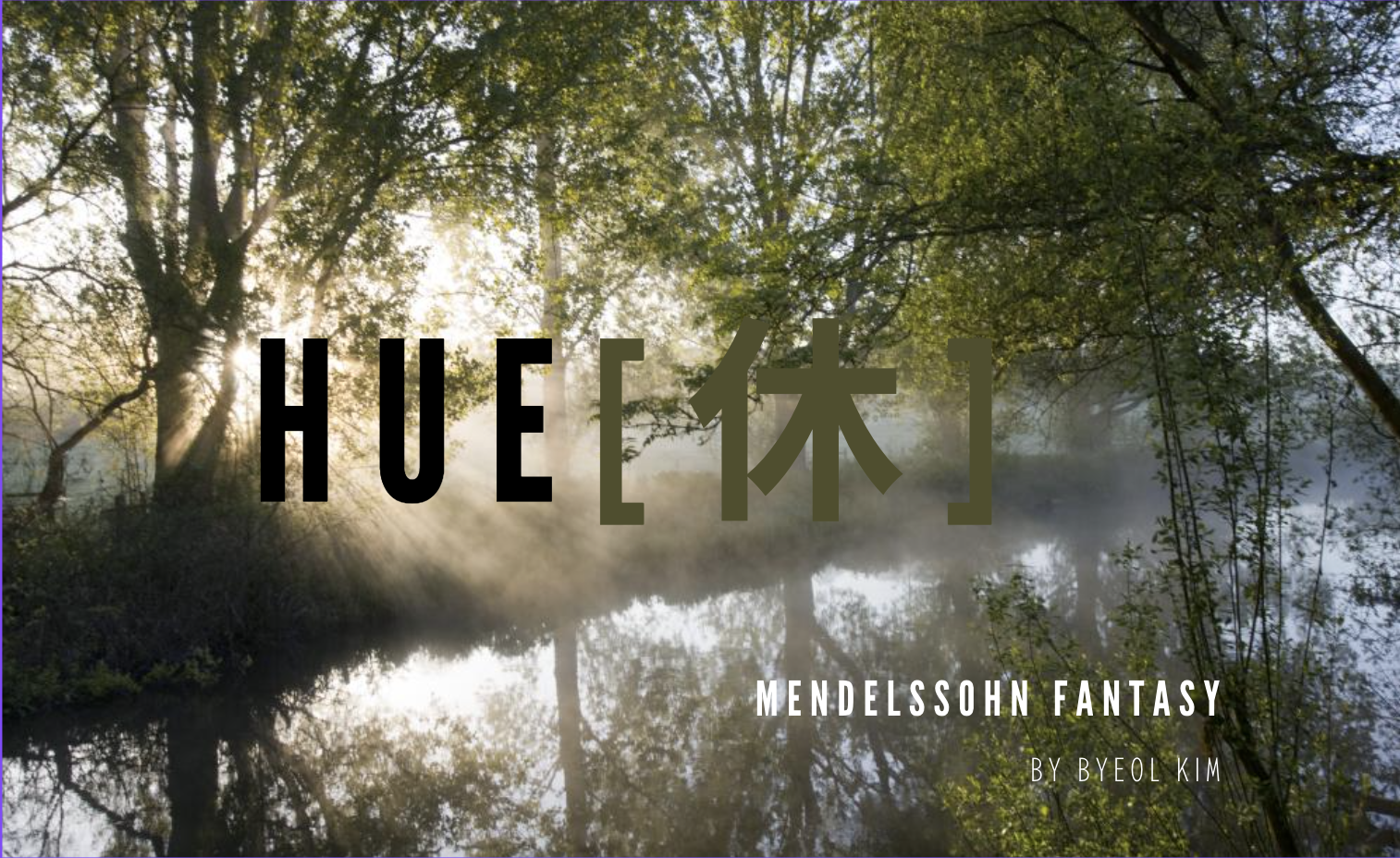-
![]()
Beethoven - Fantasia Op.77
Beethoven’s Fantasia is divided into two sections. In the first section, Beethoven maximizes improvisational style with a repeated theme interspersed with unpredictable scalar passages. There are also frequent changes in key, time signature, and overall character. The second section features variations on a melody, with small bridges linking each one together. Enjoy how Beethoven freely juxtaposes scales and broken chords throughout the entire works, as though following his train of thoughts!
-
![]()
Mendelssohn - Fantasie Op.28
The Mendelssohn Fantasie comprises three distinct sections- low, moderate, fast- which call into question the boundary between sonata and fantasy. While some have construed these sections as separate movements, Mendelssohn gives no concrete indications, such as tempo markings or final bar lines, that this was his intention. While the middle section features an active, folk-like rhythm, and the last one a fast, active, and dynamic character, the first movement is more fantasy-like, with quasi-improvisatory arpeggio passages that conjure up the sound of a harp.
-
![]()
Granados - Los Requiebros
Enrique Granados, one of the most famous Spanish composers, wrote Goyescas, which was inspired by the paintings of Francisco Goya. He also wrote a successful one-act opera with the same title. Los Requiebros is the first piece of the Goyescas set, the title referring to a passionate affection between two lovers. One can feel the endurable love in it from the many “push and pull” phrasings and charming ornaments on the theme. The chromatic tune is varied with decorations, especially quintuplets, along with many detailed expressive indications. As dances have been used by many composers for short pieces, from Baroque dance suites to Chopin’s mazurkas and waltzes, Granados infuses the piece with traditional Spanish folk-dance rhythms.
-
![]()
Liszt - Spanish Rhapsody
Liszt’s Spanish Rhapsody brings together the imaginative improvisational style and sectional organization that characterizes many fantasies with the rhythms of Spanish dances. The Spanish flair of the work arises from two famous themes of ancient Spanish origin: La Folia and Jota Aragonese.
-
![]()
Ravel - La valse
Ravel first composed La valse for orchestra before making a two-piano version and then finally an arrangement for solo piano. The work is an homage to the Viennese waltz and the elegance of the old world before the First World War. While dance and its many forms had long been an organizing formal principle in short works, La valse engages this tradition in a unique way: Ravel gradually forms the Viennese dance from motivic whisperings, which eventually becomes the explosive thematic material for the entire mid-length work.
-
![]()
Scriabin - Sonata No. 2
Alexander Scriabin was part of the late Romantic Russian tradition but also created unique musical expressions inspired by mysticism. Scriabin’s piano sonata No.2 is titled Sonata Fantasy. This piece combines the sonata form of the first movement with a freer style in the second movement. Even though the first movement, Andante, is in the sonata structure, the unusual two-movement format, showcasing Scriabin’s artistic improvisational style, also draws on fantasy. While the two movements have distinct characteristics, they both share a motive that evokes the ocean's waves. The composer’s short program reveals his inspiration for the piece:
“The first part evokes the calm of a night by the seashore in the South: in the development, we hear the somber agitation of the depths. The section in E major represents the tender moonlight that comes after the first dark of the night. The second movement, presto, shows the stormy agitation of the vast expanse of the ocean.”






